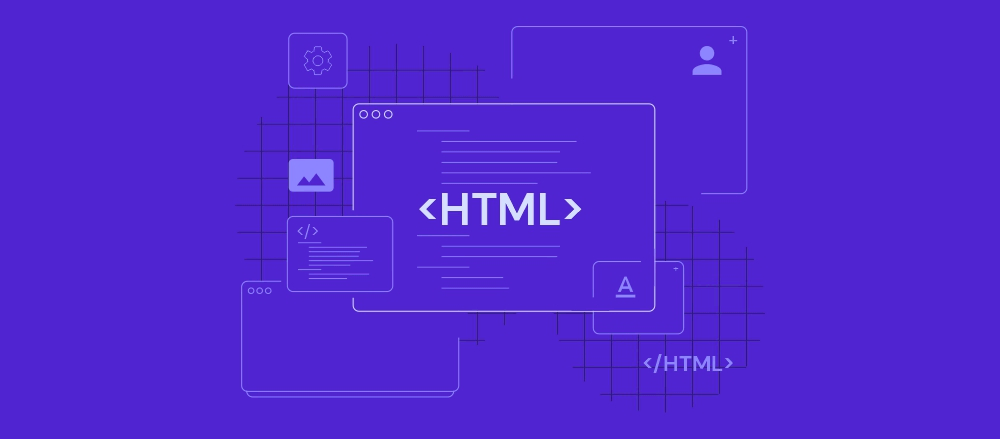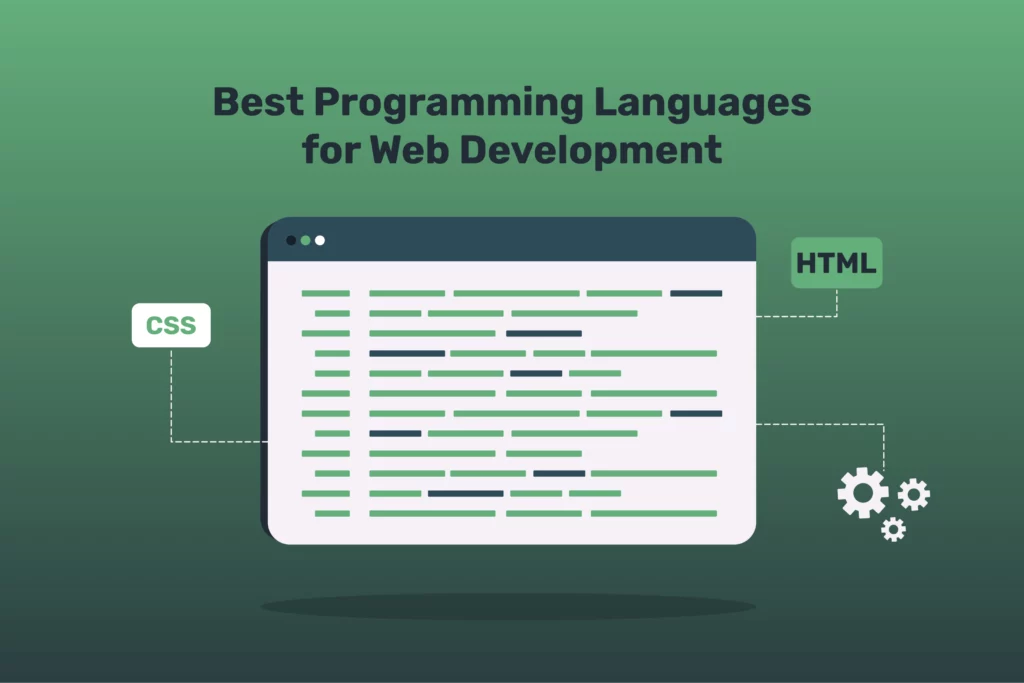Commentary HTML is an important part of writing code. It lets you add notes and explanations right in your HTML files. This is super helpful because it helps you remember what your code does later. When you write commentary HTML, you can make your code easier for others to read too!
In this blog post, we will explore how to use commentary HTML effectively. Whether you’re a beginner or just want to learn more, understanding this feature can make your coding experience smoother and more organized.
understanding Commentary HTML: Your Guide to Web Coding
What is Commentary HTML? A Simple Overview
Commentary HTML is a special way to add notes in your HTML code. It helps you write comments that won’t show up on the webpage. This is great for explaining what your code does, making it easier to understand. When you look back at your code later, these comments remind you of your ideas.
Using commentary HTML keeps your code clean. Other people who read your code can also see your notes. This helps them understand your work better. It’s like leaving a little message for yourself and others!
Why Use Commentary HTML? The Benefits Explained
There are many good reasons to use commentary HTML. First, it makes your code more readable. When you explain what each part does, you or anyone else can figure things out quickly. This is especially helpful in big projects.
Second, using comments helps during teamwork. If you work with others, comments can guide them through your code. Everyone can stay on the same page and avoid confusion. Plus, if you return to your work after a long time, commentary HTML helps you remember your thoughts.
How to Write Commentary HTML: A Step-by-Step Guide
Writing commentary HTML is easy! Start by using this format:
html
Copy code
<!– This is a comment –>
When you put your notes between these tags, they won’t show up on the page. Here’s a quick example:
html
Copy code
<!– This is my header –>
<h1>Welcome to My Page!</h1>
In this example, anyone reading the code will see the comment about the header. But when they visit the webpage, they won’t see it at all!

Common Mistakes with Commentary HTML and How to Avoid Them
Sometimes, beginners make mistakes when using commentary HTML. Here are some common ones to watch for:
- Forgetting to close comments: Always use –> to close your comment. If you forget, it can mess up your code.
- Writing too many comments: While comments are helpful, too many can make your code messy. Use them wisely!
Keeping these tips in mind can help you avoid problems and write better code.
Best Practices for Using Commentary HTML in Your Projects
Using commentary HTML effectively can make a big difference. Here are some best practices to follow:
- Be clear and concise: Make sure your comments explain the code simply and directly.
- Use comments to explain complex code: If a part of your code is tricky, add a comment to clarify it.
- Keep comments updated: If you change your code, don’t forget to update your comments too!
These practices will help you create cleaner and more understandable code.
Conclusion
In conclusion, commentary HTML is a valuable tool for anyone who codes. It allows you to add helpful notes to your HTML, making your code easier to read and understand. Whether you’re a beginner or an experienced coder, using comments wisely can improve your projects.
Remember to keep your comments clear and relevant. This way, you and others can always know what your code is doing. Happy coding!

FAQs
Q: What is commentary HTML?
A: Commentary HTML lets you add notes in your code that don’t show up on the webpage.
Q: How do I write a comment in HTML?
A: Use <!– Your comment here –> to write a comment.
Q: Why should I use commentary HTML?
A: It helps make your code easier to understand for you and others.
Q: Can comments mess up my code?
A: If written incorrectly, like forgetting to close them, they can cause problems.
Q: Are comments visible on the webpage?
A: No, comments do not show up when someone views the webpage.
Q: Can I use comments in other coding languages?
A: Yes, many coding languages have their own ways to write comments.





